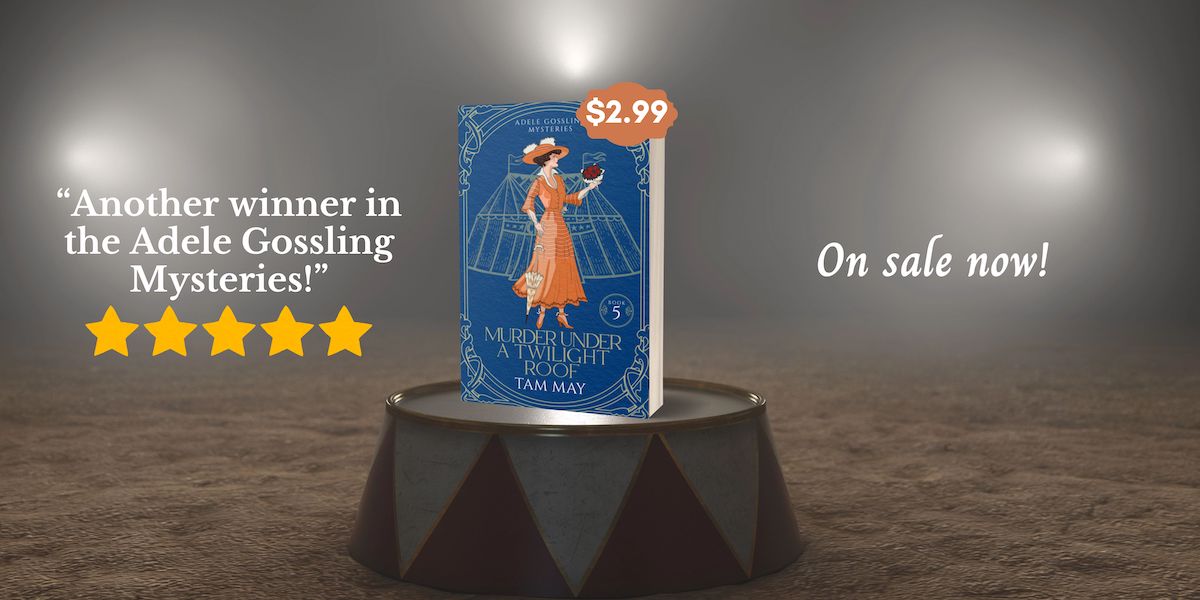June kicks off LGBTQ+ pride month. The LGBT community has made great strides in the 20th and 21st centuries and faced so many battles to have the LGBT identity recognized and respected. I remember as a teenager watching MTV Europe in 1984 and seeing the powerful music video depicting the stark reality of being gay in the 1980s in Bronski Beat’s “Smalltown Boy”. Thankfully, the gay community has come a long way in these last 40 years.
LGBT identities existed in the 19th century, though of course, they were much more covert. I mentioned in my blog post about Boston Marriages and the New Woman “marriages” between women who chose to remain independent and live with other women in a shared household, whether this included intimate relationships or not. One such relationship was depicted in Henry James’ 1886 novel, The Bostonians. The novel was made into a film in 1984 and does not shy away from the lesbian subcontext and won several awards and nominations, especially for Vanessa Redgrave, who plays Olive in the film.

Photo Credit: photo of Henry James, before 1904, H. Walter Barnett, The English illustrated magazine: JB Hoang Tam/Wikimedia Commons/PD Old 70 Expired
However, when James’ novel came out, it did not receive a warm reception. Its contemporary themes of the New Woman in the Gilded Age and her fight for women’s suffrage were on the minds of many people and James’ novel gets right into the thick of it. The novel depicts the lives of three characters: Olive, an upper-middle class Bostonian suffragist whose shyness keeps her from being a spokeswoman for the movement; Verina, a young and vibrant spiritualist of a lower class whom Olives gets involved in the movement; and Basil, Olive’s cousin, a conservative Southerner who develops a romantic interest in Verina and becomes hell-bent on “saving” her. The novel is a triangle love story of sorts but in the shadow of the fight for women’s rights at that time.
One contemporary review from The Atlantic in 1886 is interesting in how it shows the attitude of many people toward the suffragist movement and Boston Marriages. The reviewer, Horace Elisha Scudder (a Victorian name if I ever saw one!) isn’t exactly kind toward James or his characters. He seems to take the biggest issue with Olive, describing her in very “masculine” (for the time, based on the separate spheres) terms. He sees her as arrogant and aggressive in the way that would have been expected and welcomed of the Gilded Age man. Verina is equally stereotyped as the “feminine” in their Boston Marriage, a young, twittery sort of person whose spiritualism Scudder considers to be on par with the fake mesmerizers of the time.
Scudder isn’t shy about depicting his disdain for the relationship between Olive and Verina, which makes up the main storyline. He never uses the word “lesbian” but his description of their romantic partnership shows he was well aware of what is going on between them and he doesn’t approve. He uses words like “vulgar” and “repellent” to describe their relationship. He also expresses his distaste for the way that Olive, who offers Verina shelter in her house to develop her skills as a suffragist spokeswoman, is part of the “dangerous lengths” she will go to for the sake of the movement. In his eyes, their relationship can’t be “natural” or “reasonable”.
What is telling is that Scudder is interpreting the plot of the novel as a love triangle, the fight between Olive and Basil for Verina’s heart. However, he fails to see the real intent of James’ novel. It was not so much the battle of the sexes with Verina as the prize, but the experience of love in Olive’s lonely and isolated life which leads her to at last come forward as a spokeswoman for the suffragist movement. It’s no surprise that a critic with his eye on the separate spheres would fail to see the relationship between Olive and Verina as helping to bring out Olive’s identity.
The suffragist movement is very much a part of my Waxwood Series as are friendships between women fighting for women’s rights. The box set of this 4-book series is now on preorder here. If you want to get a taste of the series first, you can download Book 1, The Specter, for free at any online bookstore. The links and information are here.
If you love fun, engaging mysteries set in the past, you’ll enjoy The Missing Ruby Necklace! It’s available exclusively to newsletter subscribers here. By signing up, you’ll also get news about upcoming releases, fun facts about women’s history, classic true-crime tidbits, and more!






